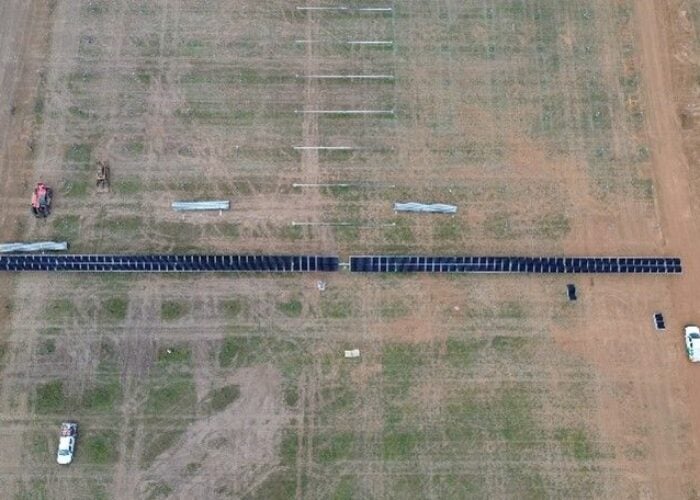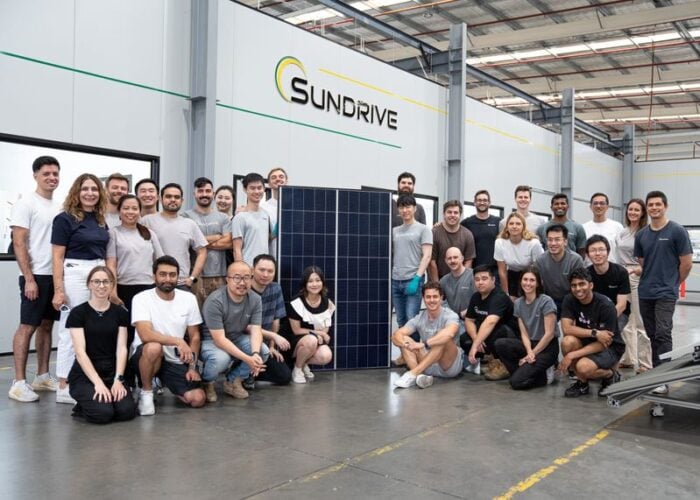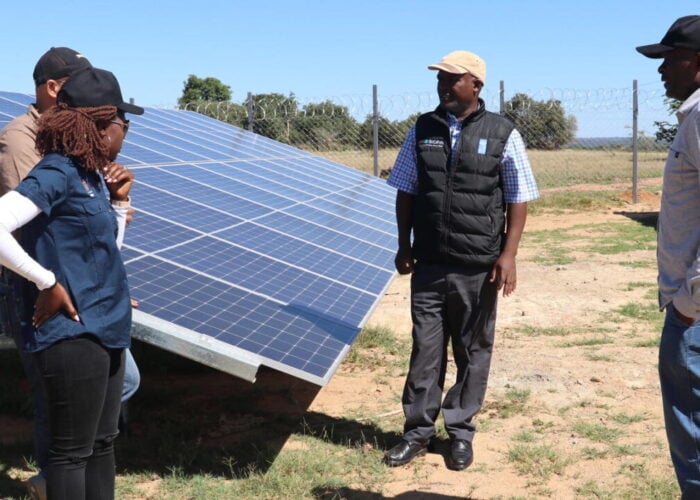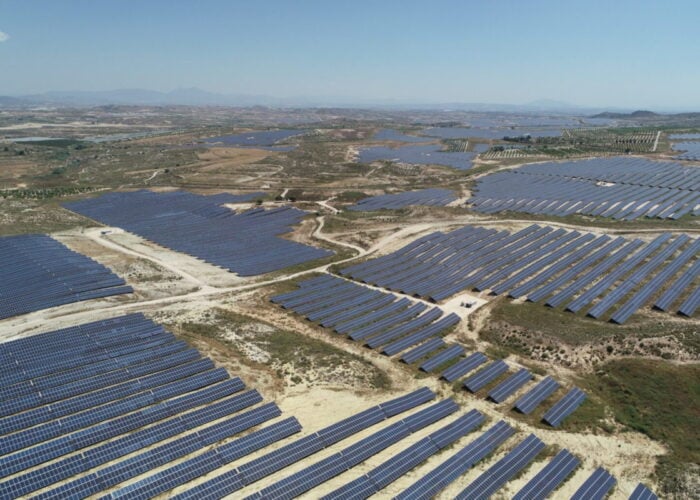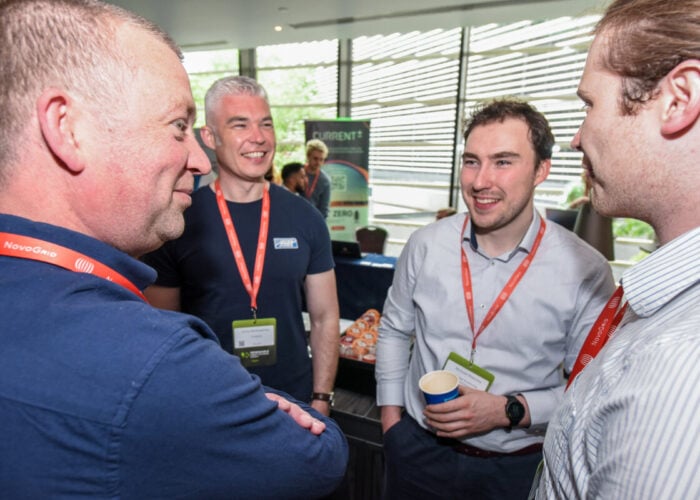First Solar will start a 100MW manufacturing line for crystalline silicon cells for the residential distributed market from the end of next year with production scaling from 2015, it was revealed yesterday.
In May this year, the leader in thin film CdTe acquired the lower-cost, high efficiency crystalline silicon startup founded in 2009 by Denis de Ceuster after 12 years at Sunpower.
Unlock unlimited access for 12 whole months of distinctive global analysis
Photovoltaics International is now included.
- Regular insight and analysis of the industry’s biggest developments
- In-depth interviews with the industry’s leading figures
- Unlimited digital access to the PV Tech Power journal catalogue
- Unlimited digital access to the Photovoltaics International journal catalogue
- Access to more than 1,000 technical papers
- Discounts on Solar Media’s portfolio of events, in-person and virtual
Or continue reading this article for free
By 2017, distributed residential and commercial generation is expected to account for more than half of the market [see slide 1], a lucrative, growing market that is more suited to higher efficiency crystalline technologies than thin film which typically require larger installation areas.
“Obviously the motivation is very clear,” said de Ceuster, who is now director of research and development of c-Si at First Solar. “First Solar's CdTe technology has been dominating the market for utility scale and large commercial applications. That technology isn't suitable for residential or small commercial – that's half the global market.”
Tetrasun has achieved a third party confirmed efficiency of 21.4% [see slide 2] with its n-type silicon cells and aims to achieve these efficiencies again when the 100MW capacity production starts in the last quarter of 2014. Metal fingers and busbars are copper-plated reducing metallisation costs to $0.01/Wp as opposed to costly silver paste.
“It's interesting to see that c-Si technology, the vast majority of it uses processes that were developed 40 years ago such as screen printing, silver paste and backside aluminum.
“There's a reason why the technology is so successful and why there's been little venture outside that technology. It's a not a lack of innovation. There have been a lot of innovations, even c-Si since the 1990s maybe starting with BP Solar or Evergreen – most of those companies have struggled to be successful.”
De Ceuster told PV Tech at the NPD Solarbuzz conference in San Jose yesterday that the US has not been ruled out as the location of the first 100MW plant but that South East Asia would be a more likely manufacturing location.
“The question is still open we're still considering the options,” he said. “First Solar already has locations and even some of the infrastructure ready so you think of the risk and it's tempting to consider this option.”
But de Ceuster suggested that the production line would be located closer to Japan, the first target market for First Solar's new product.
“Our first obvious target markets for efficiencies is for distributed generation and rooftops, so most of our first line is most likely to go to Japan and then we will definitely look at other markets soon after.”
Japan is not an option because of the high costs of production, said de Cuester, but production could be turned to Malaysia where First Solar has some idle manufacturing facilities.
“The first line will definitely be in Asia – probably not Japan – but in a low cost country in South East Asia. If we go to a higher cost of manufacturing we would rather do it in the US because it's where we are.”

